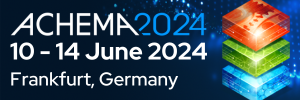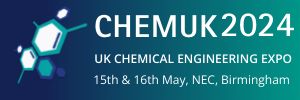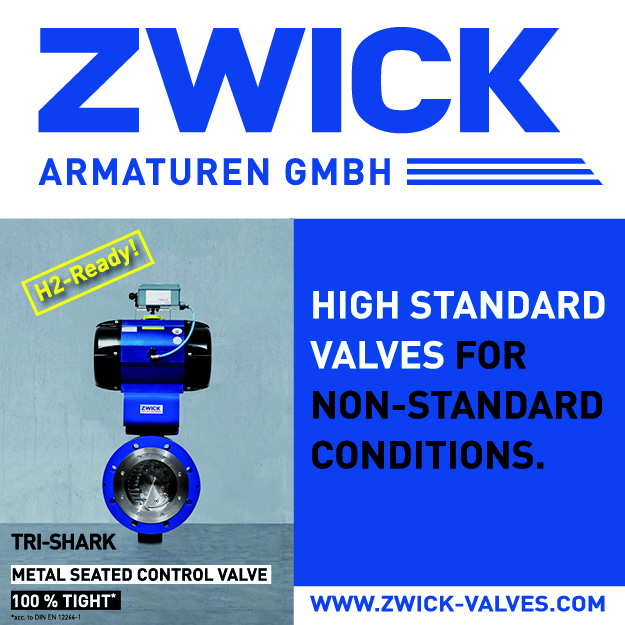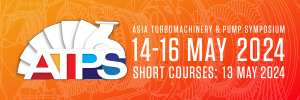The next steps for one of Atlas Copco’s newest divisions
Fluid Handling International sat down with the company’s president of Power and flow, Adrian Ridge, to find out how the division is going to handle specialisation, new regulations and acquisitions.
On 12 March, Atlas Copco announced the new Power and Flow division among others in a move meant to allow the company to excel in a narrower set of markets. The division has been in operation since 1 January.
This idea of ‘divisionalisation’ has been around in Atlas Copco since 1994, says Ridge: “Atlas Copco likes to operate in businesses that we feel that we can be number one or number two in the market… you need to have a technological advantage to be able to do [this, as well as ensure] that you can create a reasonable amount of reciprocal revenues from the aftermarket and you can add customer value.”
The division’s goal is to be in the top two in the dewatering market by 2022. Its strategy for this includes an ‘active acquisition programme’ to plug gaps in market presence. Growth of the Power and Flow division is not going to come organically, says Ridge, and it needs to be proactive in looking for products, intellectual property and companies that fit with the division’s strategy. A widely understood, clearly defined goal is instrumental to this.
“We need to understand why we do things. There’s a difference between an opportunistic acquisition and a strategic one. The opportunistic one is: ‘I am for sale, would you like to buy me?’ Well, yes, but only if you fit within our strategic framework. So how do we make sure it’s sustainable? By constantly referring back to the book: does this one fit? Yes. Okay, let’s try.
“And, of course, you don’t catch everything you try: does this one fit? Not really. Okay, let’s not waste our time. Because you can burn many hours in the day on acquisition, so it’s better to spend your time on the ones that, ultimately, will add value to us that we would be able to sell to our board as well.”
The strategy also includes preparation for the next generation of emissions legislation. These so-called ‘Stage 5’ regulations will up the technical requirements for engine manufacturers in an effort to curb air pollution and climate change. Ridge views these changes as advantageous, as smaller and less innovative companies are forced to fold in their inability to adapt.
“Each time there’s an upgrade in engine technology, a number of competitors drop out because it’s not easy to re-engineer all your products to accept a different prime mover. We at Atlas Copco believe that the more stringent the regulations become, the more that will play in to our own hands. We have the engineering muscles to be able to develop new products.”
“All of this tightening of emissions, all of this technology shift, we feel, is an advantage. We’re not afraid of that.”
A seemingly anti-competitive statement, Ridge is convinced that this dynamic will drive competition, not restrict it: the companies that are left will be the biggest and most innovative, driving each other to invent and develop at a faster pace than before in a mutual effort to stay relevant.
















